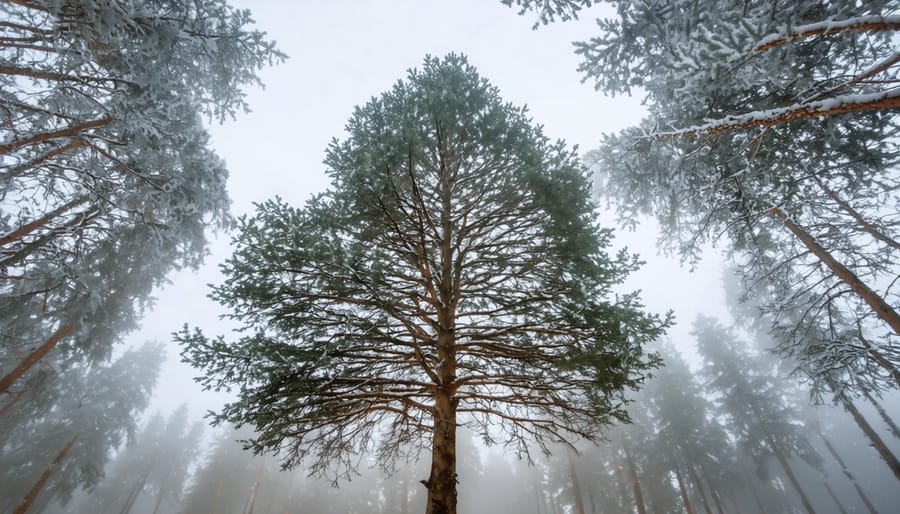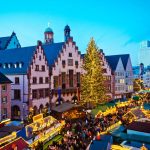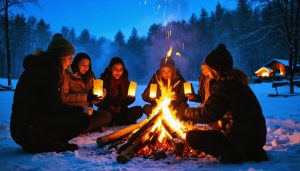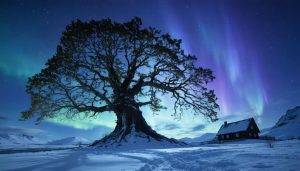Mary Douglas’s groundbreaking work “Natural Symbols” revolutionized our understanding of how societies encode meaning through everyday objects and rituals. Her analysis of natural symbolism in Christmas decorations and other cultural elements reveals the profound ways humans transform simple natural objects into powerful carriers of social meaning. By examining how different cultures interpret and assign significance to natural phenomena, Douglas demonstrated that these symbols aren’t arbitrary but deeply rooted in social structures and shared experiences. Her framework illuminates how something as simple as an evergreen tree or morning birdsong can carry layers of cultural meaning that transcend individual societies. This anthropological lens helps us decode the hidden language of symbols that permeates human culture, from ancient religious rituals to modern secular celebrations. Douglas’s work continues to influence how we understand the relationship between natural elements, social organization, and symbolic communication, offering invaluable insights into how communities create and maintain their cultural identities through the natural world around them.
The Magic of Evergreen Symbols
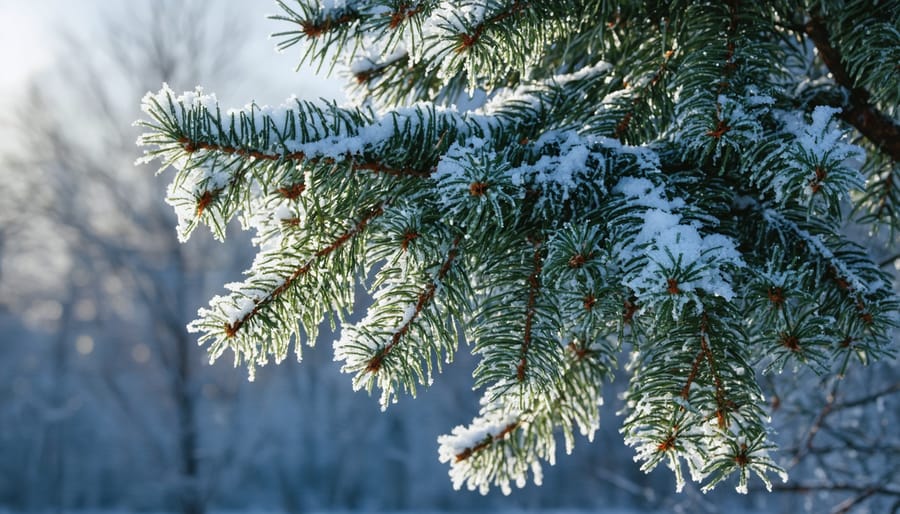
Christmas Trees as Sacred Centers
Mary Douglas’s concept of center symbols finds a perfect embodiment in the beloved Christmas tree, which serves as both a natural symbol and a sacred center in modern holiday celebrations. Just as traditional societies organized their spiritual and social life around sacred poles or trees, contemporary Christmas tree traditions transform our homes into sacred spaces during the holiday season. The tree, standing tall and adorned with lights and cherished ornaments, creates a focal point around which families gather, gifts are exchanged, and memories are made.
Douglas would likely recognize how the Christmas tree acts as a natural symbol that bridges the physical and spiritual realms, much like the cosmic trees in ancient mythologies. Its evergreen branches represent eternal life, while its vertical structure connects earth to heaven, embodying Douglas’s theory of how natural symbols help humans understand and organize their world. The ritual of decorating the tree, passing ornaments down through generations, and gathering around it for celebrations reinforces its role as a center symbol that brings order and meaning to our holiday experiences.
Holly and Mistletoe’s Ancient Messages
In Mary Douglas’s framework of natural symbols, holly and mistletoe serve as powerful bridges between the physical and cultural worlds, carrying messages that have resonated through centuries of winter celebrations. The sharp-pointed leaves of holly, standing resilient against winter’s bite, symbolize protection and eternal life in Douglas’s perspective of how societies attribute meaning to natural elements. Its bright red berries, emerging as beacons of life when most other plants lie dormant, represent vitality and continuity in the cultural consciousness.
Mistletoe, growing without roots in the canopies of trees, exemplifies what Douglas would identify as a liminal symbol – existing between earth and sky, life and death, summer and winter. Ancient peoples saw this mysterious plant as a mediator between worlds, which explains its enduring role in holiday traditions. Through Douglas’s lens, these plants represent more than mere decoration; they embody the human tendency to find profound meaning in nature’s patterns. Their presence in our homes during the holiday season continues a dialogue between nature and culture that has persisted for generations, speaking to our deep-seated need to connect with the natural world during times of celebration.
Light and Stars in Christmas Symbolism
The Star of Bethlehem’s Natural Symbolism
The Star of Bethlehem stands as one of the most powerful natural symbols in Christmas tradition, embodying both celestial wonder and divine guidance. In the context of Mary Douglas’s anthropological framework, this astronomical phenomenon represents a perfect merger of natural occurrence and cultural meaning-making. The star serves as a boundary-crossing symbol, connecting the earthly realm with the divine, while simultaneously acting as a universal marker of hope and direction.
Throughout history, cultures have looked to the stars for navigation and meaning, but the Christmas Star holds a unique position as a shared symbol across diverse traditions. Its light pierces through winter darkness, creating what Douglas would recognize as a powerful natural metaphor for enlightenment and revelation. The star’s position high above mirrors the hierarchical structures Douglas often discussed in her work on natural symbols, while its role as a guiding light reflects the ordered universe she explored in her theories.
Modern celebrations continue to place the star at the pinnacle of Christmas decorations, demonstrating how natural symbols maintain their power across generations and cultures.
Candlelight’s Sacred Connection
In Mary Douglas’s exploration of natural symbols, fire holds a particularly poignant place in holiday traditions, especially through the gentle flicker of candlelight. These sacred candlelight traditions connect us to centuries of spiritual and cultural practices, where the flame represents both physical and metaphysical illumination. The soft glow of candles during Christmas Eve services, the warming presence of advent wreaths, and the cherished custom of placing candles in windows all speak to Douglas’s understanding of how natural elements carry deep symbolic meaning across cultures.
Just as Douglas observed that natural symbols serve as bridges between the physical and spiritual realms, candlelight transforms ordinary moments into sacred experiences. The simple act of lighting a candle during the holiday season becomes a ritual that connects us to countless generations who have performed the same gesture, creating a thread of shared meaning that transcends time. This luminous symbol carries universal significance, representing hope, guidance, and the eternal light that shines through the darkest winter nights.
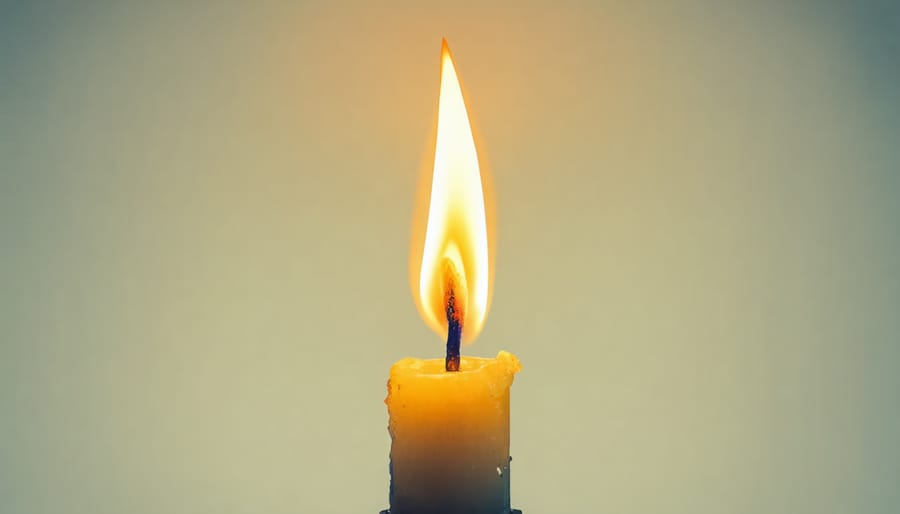
Winter’s Natural Elements as Sacred Symbols
Snow’s Pure Symbolism
In Mary Douglas’s anthropological framework, snow serves as a powerful natural symbol that transcends cultural boundaries, embodying universal concepts of purity and renewal. The pristine whiteness of freshly fallen snow creates an unmarked canvas that symbolically represents a fresh start or clean slate, aligning with Douglas’s theory of natural symbols as carriers of deep cultural meaning. This symbolism is particularly evident in how different societies interpret snowfall as a purifying force that covers and cleanses the landscape.
The transformative quality of snow – its ability to completely alter familiar landscapes – represents what Douglas would describe as a boundary symbol, marking transitions between states of being. When snow blankets the earth, it creates a temporary realm of silence and stillness, offering a physical manifestation of purity that cultures worldwide have incorporated into their spiritual and social understanding.
Furthermore, the cyclical nature of snow’s appearance and disappearance mirrors Douglas’s concepts of natural renewal cycles in cultural systems. The impermanence of snow, coupled with its regular return, creates a powerful metaphor for life’s continuous renewal processes. This understanding has influenced everything from religious ceremonies to literary metaphors, demonstrating how natural symbols like snow become deeply embedded in cultural consciousness and meaning-making systems.
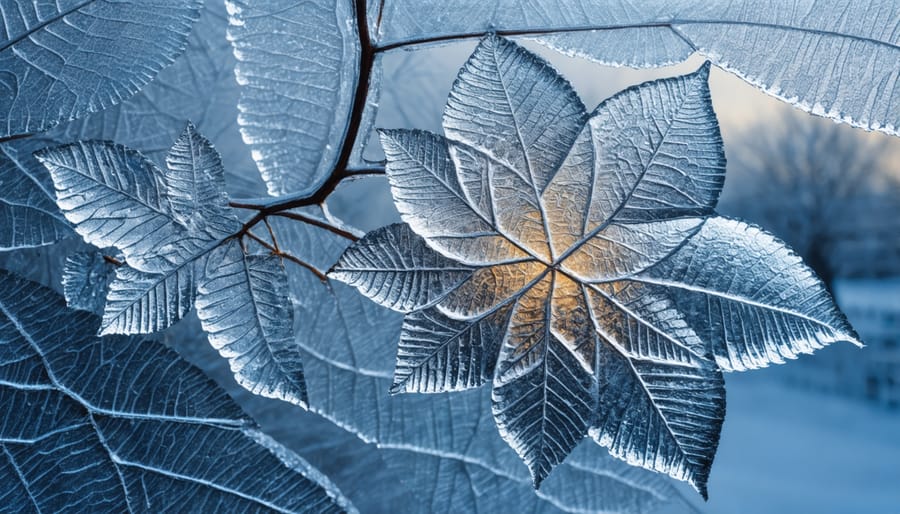
Ice and Frost’s Crystalline Messages
In her groundbreaking work on natural symbols, Mary Douglas would have found particular fascination in how frozen water transforms into meaningful cultural markers during winter celebrations. Ice and frost serve as powerful natural symbols that communities worldwide have imbued with deep significance. The crystalline patterns that form on windowpanes and the delicate geometry of snowflakes speak to humanity’s enduring recognition of order within nature’s chaos.
These frozen formations carry multiple layers of meaning in different cultural contexts. In many Northern European traditions, frost patterns are seen as messages from nature itself, with their intricate designs believed to foretell the severity of winter or the prosperity of the coming spring. Douglas’s anthropological framework helps us understand how these natural phenomena become encoded with social meaning, particularly in winter celebrations where ice and frost represent both physical and spiritual purity.
The transformation of water into ice also serves as a powerful metaphor for social transformation and renewal, themes that Douglas explored extensively in her work on natural symbols. During winter festivals, ice sculptures and frosted decorations become temporary monuments that remind communities of nature’s cyclical patterns and humanity’s relationship with the natural world. This perfectly exemplifies Douglas’s theory about how societies use natural elements to express cultural values and maintain social bonds through shared symbolic understanding.
Mary Douglas’s theories about natural symbols and their cultural significance find vibrant expression in modern Christmas celebrations, where natural elements become powerful carriers of meaning and tradition. The evergreen tree, perhaps the most recognizable natural symbol of Christmas, perfectly exemplifies Douglas’s concept of how societies transform natural objects into meaningful cultural markers. Just as she theorized that communities create shared understanding through natural symbols, the Christmas tree has evolved from its pagan roots into a universal symbol of hope, renewal, and festive gathering.
The way we interpret and use other natural elements during Christmas further reinforces Douglas’s framework. Holly berries, pinecones, and mistletoe aren’t merely decorative elements – they’re natural symbols that communities have imbued with deep cultural significance. These items bridge the gap between nature and culture, serving as what Douglas would call “boundary markers” between the ordinary and the sacred during the holiday season.
Douglas’s emphasis on how symbols create social cohesion is particularly evident in how different cultures adapt natural elements to their unique Christmas celebrations. Whether it’s the poinsettias of Mexico, the cherry blossoms of Japanese Christmas celebrations, or the palm fronds used in tropical regions, each culture transforms local natural elements into meaningful holiday symbols, precisely as Douglas’s theory suggests.
Looking at modern Christmas celebrations through Douglas’s theoretical lens helps us understand why certain natural symbols persist and evolve. The endurance of these symbols – from the star atop the tree to the winter berries in our wreaths – speaks to their power in creating shared meaning and maintaining cultural continuity. As we continue to celebrate Christmas in an increasingly digital age, these natural symbols serve as vital connections to both our cultural heritage and the natural world, fulfilling exactly the role that Douglas identified in her groundbreaking work on symbolic systems.


